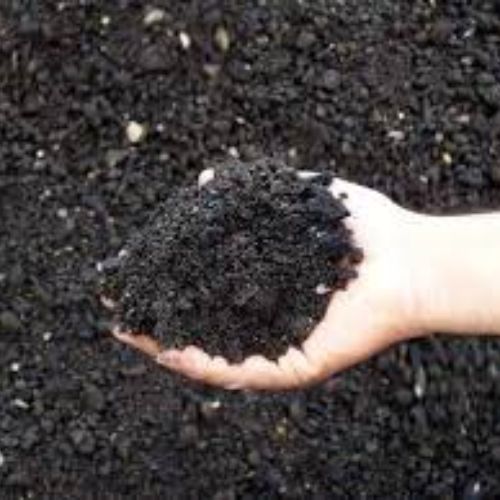
Tarmac vs Asphalt: What’s the Difference
If you want to pave roads, driveways, or parking spots, you can choose between tarmac and asphalt. You may have heard both terms, but do you know the difference? In this guide, we’ll break it down in simple and easy-to-understand guide to help you choose the best material for your concrete job.
What Are Tarmac and Asphalt?
People often use the words “tarmac” and “asphalt” to mean the same thing, but they are different. The main difference is what they are made of and how they are put together.
Tarmac: It is made by mixing tar with crushed stones or other materials to create a smooth surface. It’s usually made of a rougher material with a smooth finish that makes it easier to grip, especially when cold or wet outside.

Asphalt: This is a similar material, but instead of tar, it uses bitumen, a sticky substance made from oil, as its glue. Bitumen is known for being flexible, which makes asphalt last longer in places where the weather changes often.

Key Differences Between Tarmac vs Asphalt
To help you understand the differences better, let’s take a look at the key features of each material:
| Feature | Tarmac | Asphalt |
| Binder Used | Tar | Bitumen (from petroleum) |
| Texture | Rougher, provides more grip | Smoother, less textured |
| Durability | High durability, but can become brittle over time | Very durable, resists cracking and wear |
| Weather Resistance | Performs well in cold and icy conditions | Performs well in extreme weather, more flexible |
| Maintenance | Easy to patch minor damage, but can crack over time | Easier to repair, cracks less over time |
Advantages of Tarmac
- Cost-effective: Tarmac Driveway is often less expensive to install than asphalt, making it a popular choice for jobs that need to stay within a budget.
- Weather-Resistant: Tarmac’s rough surface makes it great for roads, walkways, and other places that get slippery when it snows or ices. It’s conducive in the winter because it makes the ground safer.
- Low Maintenance: Tarmac doesn’t need much maintance. Sometimes, cracks or damage can be fixed without resurfacing the whole thing.
- Quick Installation: Tarmac sets quickly, which makes installation go quickly. This is great for people who want to keep work as quiet as possible.
- Sustainable: It can be recycled, making it a good choice for earth-friendly paving.
Advantages of Asphalt:
- Smooth and Quiet: Compared to cement, asphalt has a much smoother surface. This makes it perfect for roads with a lot of traffic and business places. It also reduces road noise, making the area quieter.
- Crack Resistance: Asphalt is more flexible than gravel, itching and shrinking more efficiently when the temperature changes. This helps prevent it from appearing, especially when temperatures change significantly.
- Very Durable: Asphalt is very durable and can withstand heavy traffic and bad weather. Because of this, it’s great for major roads, highways, and business properties.
- Repairs Are Easy: Asphalt is easy to fix or resurface, which makes the ground last longer. If you find cracks or holes, you can fix them without doing a whole new job.
Asphalt is 100% recyclable, just like roads. Old asphalt can be used in new projects, which is better for the environment overall.
Tarmac vs Asphalt: Which One Should You Choose?
Which one you choose (tarmac or asphalt) relies on your needs and the type of surface you want to put down. Here are some things to think about:
For Driveways: Tarmac could be a good choice for paving a private driveway. It’s cheap, works well in cold weather, and doesn’t need much upkeep. It’s also easier to set up.
For Roads and Areas with Lots of Foot Traffic: Asphalt is probably the better choice if you cover a road, parking lot, or area with a lot of foot traffic. It’s smoother, lasts longer, and doesn’t crack as quickly, so it’s excellent for big loads and constant use.
For Cold Climates: Because tarmac is rough, it works well in colder places where it often freezes over. It’s easier to walk on than concrete, which can get slippery when chilly outside.
Tarmac vs. Asphalt Costs: A Comparison
When it comes to up-front costs, tarmac is usually the better choice, especially for smaller jobs like drives or private roads. But even though tarmac might be cheaper at first, it might need more fixes and upkeep over time, which could raise the total cost.
Another option is asphalt, which costs more but lasts longer and needs less upkeep. In the long run, asphalt might be a better choice for places with heavy foot traffic or bad weather.
Conclusion: Which is Better for Your Project?
Ultimately, the choice between tarmac and asphalt relies on the needs of your project, your budget, and how much traffic you expect. Just a quick review:
- Asphalt is best for small home areas, driveways, and places that need weather resistance but don’t want to spend a lot of money.
- Asphalt is excellent for significant roads, parking lots, and business properties with much foot traffic. It’s also very durable and doesn’t need much upkeep.
Both cement and asphalt are good choices, so it doesn’t matter which one you pick. If you know the pros and cons of each, you can make an intelligent choice to ensure your paved surface lasts for many years.
